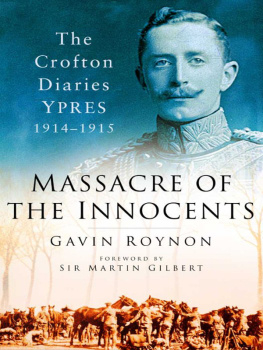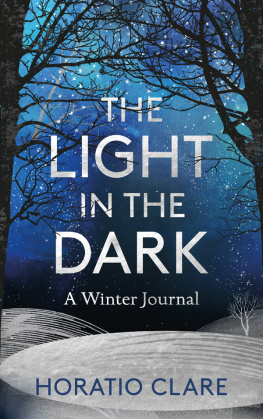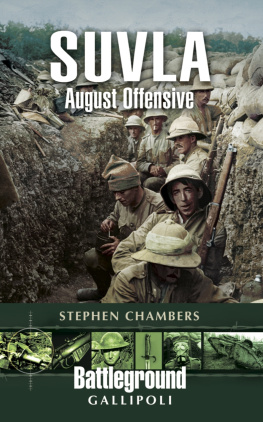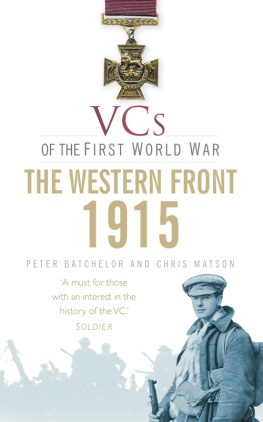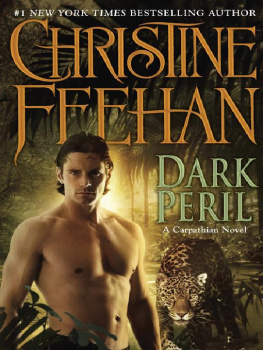Contents
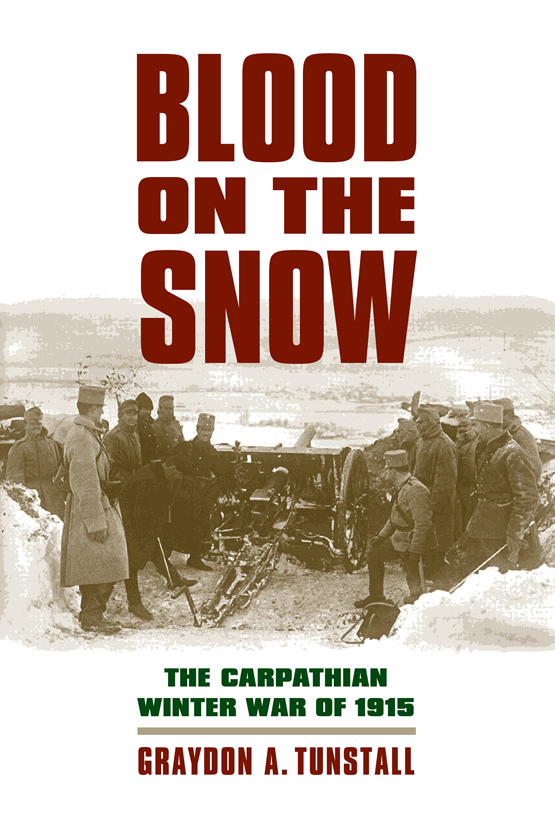
BLOOD ON
THE SNOW
MODERN WAR STUDIES
Theodore A. Wilson
General Editor
Raymond A. Callahan
J. Garry Clifford
Jacob W. Kipp
Allan R. Millett
Carol Reardon
Dennis Showalter
David R. Stone
Series Editors
BLOOD ON
THE SNOW
The Carpathian
Winter War of 1915
Graydon A. Tunstall

University Press of Kansas
2010 by the University Press of Kansas
All rights reserved
Published by the University Press of Kansas (Lawrence, Kansas 66045), which was organized by the Kansas Board of Regents and is operated and funded by Emporia State University, Fort Hays State University, Kansas State University, Pittsburg State University, the University of Kansas, and Wichita State University
Library of Congress Cataloging-in-Publication Data
Tunstall, Graydon A. (Graydon Allen)
Blood on the snow : the Carpathian winter war of 1915 / Graydon A. Tunstall.
p.cm.(Modern war studies)
Includes bibliographical references and index.
ISBN 978-0-7006-1720-3 (cloth : alk. paper)
ISBN 978-0-7006-1858-3 (pbk : alk. paper)
ISBN 978-0-7006-2725-7 (ebook : alk. paper)
1. World War, 19141918CampaignsCarpathian Mountains. 2. Austro-Hungarian Monarchy. HeerHistoryWorld War, 19141918. 3. Russia. ArmiiaHistoryWorld War, 19141918. 4. WinterCarpathian MountainsHistory20th century. 5. Carpathian MountainsHistory, Military20th century. I. Title.
D556.T86 2010
940.4'25dc222009052229
British Library Cataloguing-in-Publication Data is available.
Printed in the United States of America
10 9 8 7 6 5 4 3
The paper used in the print publication is recycled and contains 30 percent postconsumer waste. It is acid free and meets the minimum requirements of the American National Standard for Permanence of Paper for Printed Library Materials Z39.48-1992.
TO WENDY, MY WIFE AND SOUL MATE
CONTENTS
Acknowledgments
MANY PEOPLE HAVE BEEN of inestimable assistance throughout this multiyear project. Among them is Peter Broucek, retired head of the Austrian War Archives World War I Section, who first suggested the topic to me years ago. My utmost gratitude goes to Dennis Showalter, a constant mentor, for encouraging me to complete this work. I thank my editor, Michael Briggs, for his enduring support throughout this books long gestational period. Special mention is also due Vannina Wurm in Vienna for her diligence and keen eye; and Ferenc Pollmann, in Budapest, who brought to my attention key holdings in the Budapest War Archives on the Honvd participation in the war, and to the memory of Leopold Moser, a true friend and former librarian in the Vienna War Archives.
I am especially grateful to Carolyn Pointer Lowry and Brittany Vosler for their pleasant demeanor in the face of innumerable manuscript revisions, and to Jessica Magro for her valuable assistance in the early stages of this work. I thank my good friend and colleague, Kazimierz Robak, for helping to locate and translate relevant Polish sources, and the University of South Florida for its support of my research.
... and to those who fought and died in the Carpathian Mountains in the winter of 1915, may your sacrifice finally be recognized.
BLOOD ON
THE SNOW
Introduction
There is no enemy more formidable than nature.Anonymous
THE CARPATHIAN WINTER WAR of 1915 presents one of the most significantand, in terms of human sacrifice, most tragicchapters of World War I military history. The winter mountain battle that pitted allied Austro-Hungarian and German armies against Russian troops was unprecedented in the age of total war. The Karpathenkrieg comprised three separate campaigns launched by the Habsburg Supreme Command from mid-January to April 1915. The Eastern front operation, which ultimately engaged more than one million men on each side, could hardly have been conducted under worse conditions. The Carpathian theater lacked the railways, roads, communication lines, and other important resources necessary for maneuvering mass armies. Moreover, the contenders soon found themselves ensnared in an inhospitable mountain environment in wintertime. The three-month campaign, which ended in spring 1915, left the Austro-Hungarian Army under chief of the General Staff, Conrad von Htzendorf, in shambles. The Russians did not fare much better. Casualties on both sides surpassed those of the so-called blood pump battles of Verdun and Somme in 1916, earning the Carpathian Winter War the dubious title of the Stalingrad of World War I.
Historically significant, though little known (in the United States, virtually unknown), the Karpathenkrieg served as the background to the Gorlice-Tarnor offensive, the Central Powers greatest victory of World War I. The months-long campaign saw some of the most brutal combat of the war. Before the last rifle fell silent, the blood of some one million Austro-Hungarian, Russian, and German soldiers soaked the snowy Carpathian terrain. Countless others lost limbs to frostbite or suffered similar debilitating fates. Exhaustive archival research has unearthed detailed eyewitness accounts of the battles that raged on the Eastern front. Major primary sources are deposited in the Feldakten and Nachla (private donation) collections of the Vienna War Archives, others in the Budapest War Archives. These archival documents, many written in Kurrentschrift, oftentimes contradict the official Austrian historiography on World War I, sterreich-Ungarns letzter Krieg.
Of particular importance to this study is the extensive manuscript collection of the Vienna War Archives. Several manuscripts detail the events of key participants in the Carpathian Winter War, including those of the South Army, a combined Austro-Hungarian and German entity deployed to support the buckling Habsburg front lines. The conditions encountered by Hungarian troops, particularly Group Szurmay, are recorded and housed in the Budapest War Archives.
Personal accounts of participants in this tragic chapter of World War I history offer additional relevant source materials. A detailed chronicle by Kralowetz von Hohenrecht Gottlieb, chief of staff of the Habsburg Third Army X Corps, describes the hardships the corps encountered. The corps, one of the main offensive units deployed in all three Carpathian campaigns, was ill-prepared for the winter weather and terrain conditions. Habsburg Colonel Georg Veith, another key witness, describes in gut-wrenching detail the adversity his men encountered battling the Russian armies in the Carpathian hellhole. Veith is cited in numerous important sources, including the Austrian official history of the world war.
Before World War I, potential battle zones were classified as either a Manoverierzone, suitable for conducting a war of maneuver using mass armies, or a Durchzugzone, through which armies would march to reach the major battle site, but not conducive for a major military operation. Though Russian, Habsburg, and German military strategists designated the Carpathian region a pass-through zone, the territory would provide the setting for the largest confrontation in the world war to date, and one of the largest in modern warfare. Hundreds of thousands of Habsburg infantry were subjected to extreme deprivation in their simultaneous struggle against overpowering Russian forces and the harsh winter mountain environment. Blizzard conditions alternated with periods of thaw, wreaking havoc on military and supply operations. The challenge to provide the front lines with a steady stream of food, supplies, ammunition, and artillery proved insurmountable.



